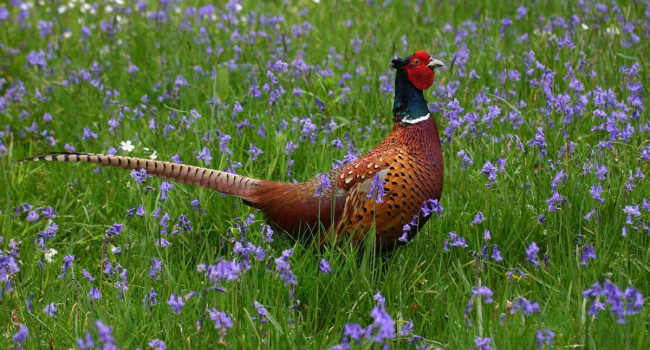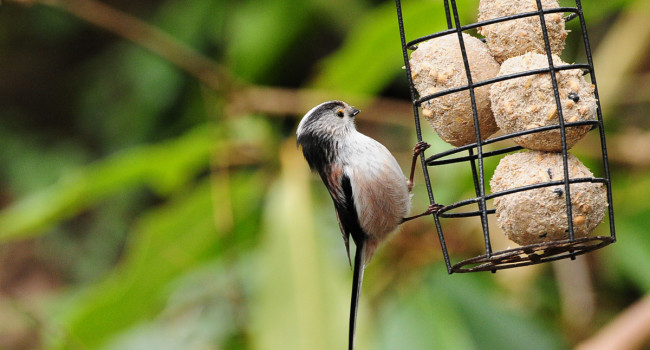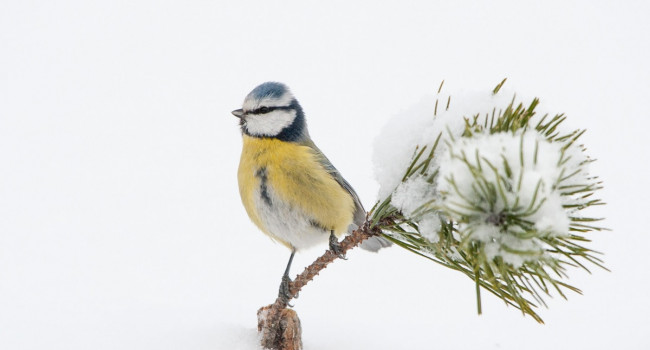Supplementary bird feeding as an overlooked contribution to local phosphorus cycles.

Author(s): Abraham, A., Doughty, C., Plummer, K. & Duvall, E.
Published: May 2024
Journal: Frontiers in Ecology and Evolution
The seeds, grains and nuts that make up the supplementary food provided to birds at feeding stations are typically imported to the sites where they are used, and may have been grown many hundreds or even thousands of kilometres away. Bird feed is rich in phosphorus, which plays a key role in animal health and ecosystem integrity, but additional phosphorus inputs to natural systems could adversely impact ecosystem function, including through the eutrophication of waterbodies or changes to vegetation structure.
In an attempt to understand the possible impact of this transfer of phosphorus – from the rock deposits from which it is mined, through its use to fertilise the crops that produce the seeds which end up at bird feeding stations – the research team calculated the likely quantities involved for garden bird feeding and gamebird rearing here in the UK. By establishing the average phosphorus concentrations in the foods commonly used for feeding birds, it was possible to calculate figures for the types of foods provided for feeding garden birds and gamebirds.
Average phosphorus concentration was highest in the growers pellets fed to gamebirds and lowest in wheat supplement (also fed to Pheasants), with wild bird seed mixes in between the two. Using published figures for the quantities of these foods used in the UK – 150,000 tonnes of wild bird seed mixes, 282,000 tonnes of wheat supplement and 92,000 tonnes of growers pellets – gave an estimated figure of total phosphorus supply in these foods of 2.4 kilotonnes per year.
To put this into perspective, the UK’s phosphorus budget is largely driven by imported fertiliser for agriculture (82.6 kilotonnes per year) and feed for domestic livestock (45.0 kilotonnes per year). This indicates that the phosphorus transported from bird feeders to agricultural landscapes in the UK likely has little impact. However, where birds are transporting this phosphorus into non-farmed landscapes (such as woodlands) the impact may be more significant. Given that the foods used to support gamebird releases make up the larger share of this contribution, and because gamebirds tend to be fed within woodland habitats, this is the pathway more likely to impact our woodland ecosystems.
By taking their ‘best’ estimate, and assuming that the phosphorus input from bird feed – via birds – is equally dispersed across the UK, the researchers suggest that this additional input is equivalent to 0.01 grams per metre squared per year. This figure is roughly half that of the quantities of phosphorus deposited from the atmosphere in the UK.
What this research, and indeed other recent BTO work, demonstrates is that we need to be mindful of the full range of possible impacts from feeding birds. This work fills in another piece of that puzzle, so we can better assess the benefits and costs of provisioning birds.







Share this page